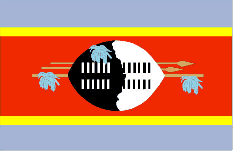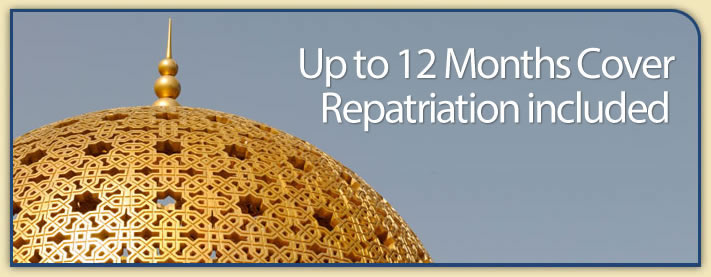Country Guide • Swaziland

Swaziland is a landlocked country located in South East Africa. It is bound by South Africa to the north, west, south and southeast, and Mozambique to the northeast.
| Official Name | Kingdom of Swaziland |
|---|---|
| Area | 17,363km² (6,704mile²) |
| Population | 1,161,000 |
| Continent | Africa |
| Population per mile² | 173 |
| Capital City | Mbabane |
| Religions | Zionist (a blend of Christianity and indigenous ancestral worship) 40%, Roman Catholic 20%, Muslim 10%, Anglican, Bahai, Methodist, Mormon, Jewish and other 30% |
| Language | English (official, government business conducted in English), siSwati (official) |
| Government | Monarchy |
| Currency | Lilangeni |
| GDP | $4.8 billion |
| GDP per Head | $4,400 |
| Natural Resources | Asbestos, coal, clay, cassiterite, hydropower, forests, small gold and diamond deposits, quarry stone, and talc |
| Land Use | Arable Land 9.77% |
| Agriculture | Citrus fruits, cotton, corn, sugarcane, tobacco, rice, pineapples, sorghum, peanuts n& livestockcattle, goats, sheep |
| Industry | |
| Tourism | The lush Ezulwini Valley is a miracle of nature and the seat of Swaziland’s major tourist attractions, including the country’s famous casino, the magnificent Royal Swazi golf course and the hot mineral spring known affectionately by locals and guests as the ‘Cuddle Puddle’. Swaziland has a number of protected nature reserves and game parks which are open for visitors and strong efforts have recently been made to bring wildlife back to the country |
| Natural Hazards | Drought |
| Health Risks | Bilharzia and malaria, HIV/AIDS, Vaccination certificates are required if you have recently been in a yellow fever area |
| Climate | Swaziland has a subtropical climate which varies from region to region. The High Veld region has a humid temperate climate with average annual rainfall ranging from 40 - 90 inches. The Middle Veld and Lebombo Range have a subtropical climate with average annual precipitation varying from 900 mm to 1,150 mm (35 to 45 inches). The Low Veld has a tropical and semiarid climate with average annual precipitation varying from 500 mm to 900 mm (20 to 35 inches). Average temperature ranges in Mbabane are from 6 to 17°C (43 to 66°F) in June to 15 to 25°C (59 to 77°F) in January or February |
| Time | GMT/UTC+2 hours |
| National Days | September 6 - Somhlolo Day (Independence Day) |
| Visas | British passport holders and most Commonwealth citizens do not require visas for Swaziland. Visitors will normally be given entry permission for up to fourteen days. This can be extended at the Swaziland Immigration Department in Mbabane. All Swaziland border posts open daily throughout the year but hours of operation vary and may change |
| British Embassy | Embassy Details |
Information Only
The content above is for information purposes only and we have tried to ensure that the information is as accurate as possible. We cannot accept any responsibility for any inconvenience, loss or injury as a result of the information above. You should always check and verify any critical information like visas, health and safety and customs with the relevant authorities before you travel since information can change at any time.



